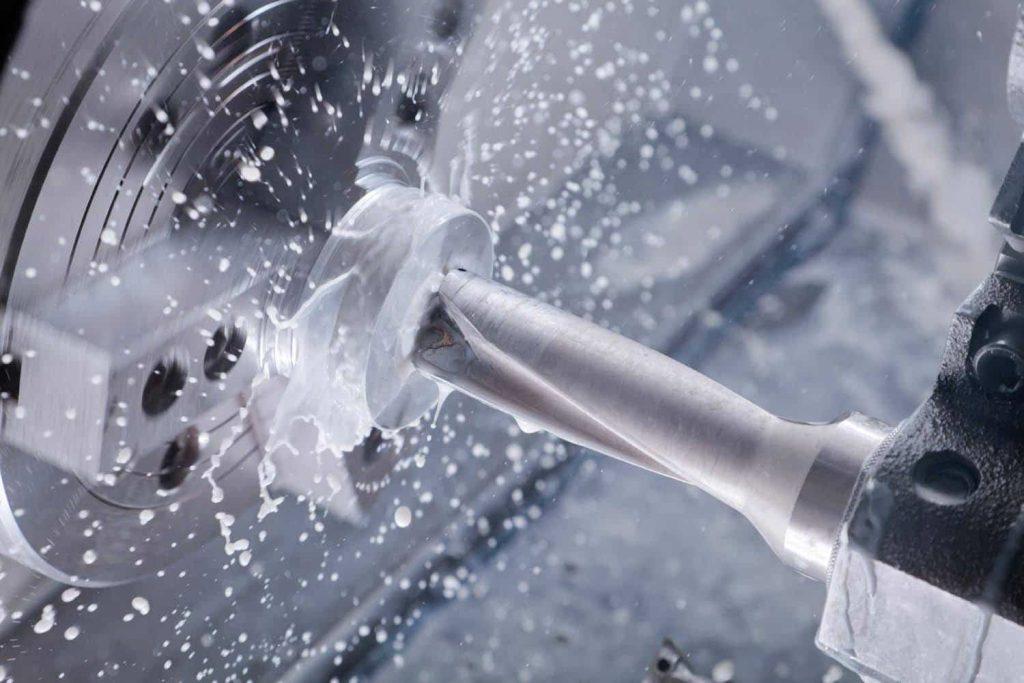There are many different finishing methods that can be used for CNC machined plastic parts. Some of the most common methods include:
l Bead blasting: Bead blasting is a technique that involves shooting tiny beads at the surface of a plastic object with high-pressure air. This results in a smooth, matte appearance by removing the plastic's top layer of material.
l Sanding: Abrasive paper is used in the sanding process to smooth the surface of a plastic component. Both a power sander and a manual sander can be used for this. From rough to flawless surface finishes, sanding may provide them all.
l Polishing: A plastic part's surface is polished by employing a polishing chemical to make it shiny and smooth. Either by hand or with a power polisher, this can be finished. The part's surface might have a mirror-like sheen thanks to polishing.
l Chemical finishing: Chemical finishing is the process of altering the surface of a plastic component with chemicals. This can be applied to provide a number of finishes, including glossy and textured ones.
l Deburring: Deburring is the process of eliminating burrs and jagged edges from a plastic part's surface. Both for the sake of safety and to enhance the part's beauty, this is crucial to perform. There are many ways to deburr, including with hand tools, power tools, and chemical deburring.
The best finishing method will depend on the part's requirements and the application. If the component needs to be exceptionally smooth, for example, polishing can be the best option. If the component needs to be resistant to wear and strain, bead blasting can be the best option. A CNC machining specialist should be consulted for advice on the best finishing method for your specific application. If you want more information about CNC machining plastic parts, please click here.

